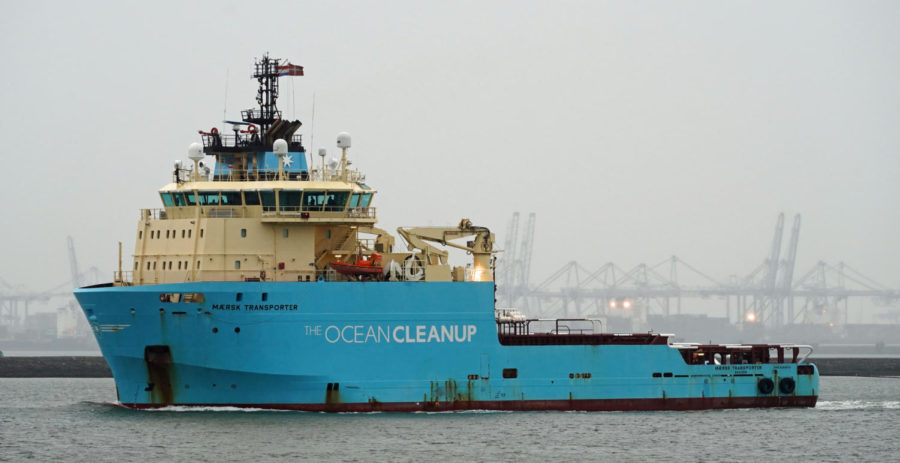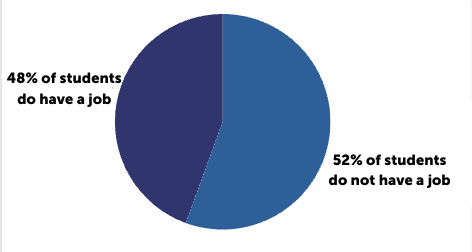The Largest Ocean Cleanup In History

Twice the size of Texas and three times the size of France, the Great Pacific Garbage Patch (or GPGP for short) is a massive accumulation of non-biodegradable waste in the Pacific Ocean that has become a major threat to marine life in recent decades. To address this issue, Dutch entrepreneur Boyan Slat founded The Ocean Cleanup project in 2013 in hopes that sea vessels could collect garbage from and ultimately eliminate the GPGP entirely. Ten years later, the nonprofit organization has removed 193,826 kg of plastic from the Pacific, with hopes of cleaning up 90% of floating ocean plastic by the year 2040.
When Boyan Slat was 16 years old, he observed more plastic bags than fish while scuba diving with his family in Greece. He began philosophizing on one’s ability to clean the oceans that were (and still are) littered with plastic. At 18 years old, Slat designed a system that could catch large amounts of ocean garbage at a time, which he was able to fund by founding The Ocean Cleanup.
This year, a decade since the initial startup of The Ocean Cleanup, plans are underway to launch System 03. This system is expected to collect three times as much plastic as System 02, and will only require about 10 systems, each comprising two vessels towing a floating contraption to catch plastic debris. System 03 is set to start up some time during quarter 2 of this year and will mark a milestone in the organization’s effort to return the world’s oceans to its once pristine state.
Your donation will support the student journalists of Woodgrove High School. Your contribution will allow us to purchase equipment, attend conferences, and cover our annual printing and website hosting costs.

















